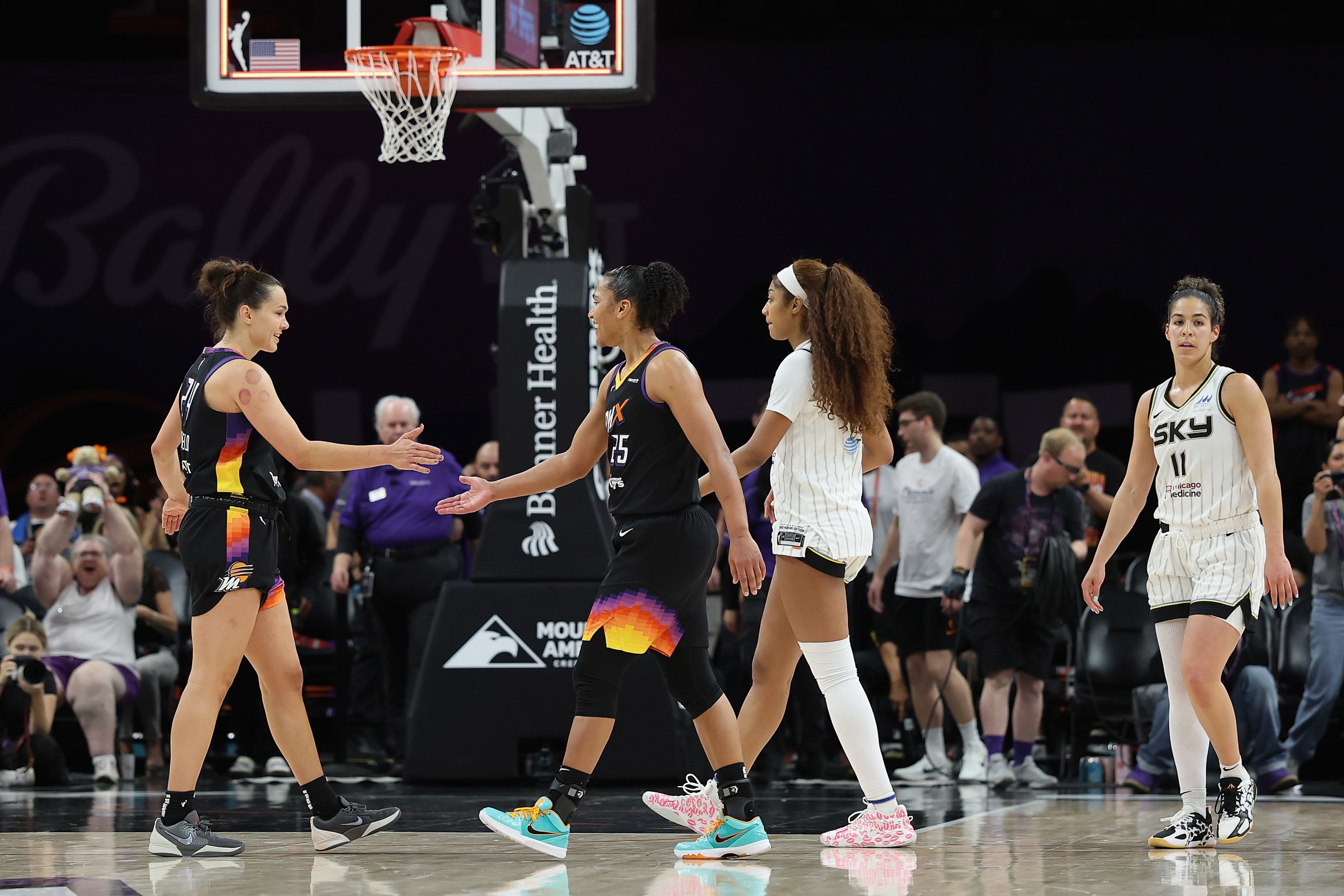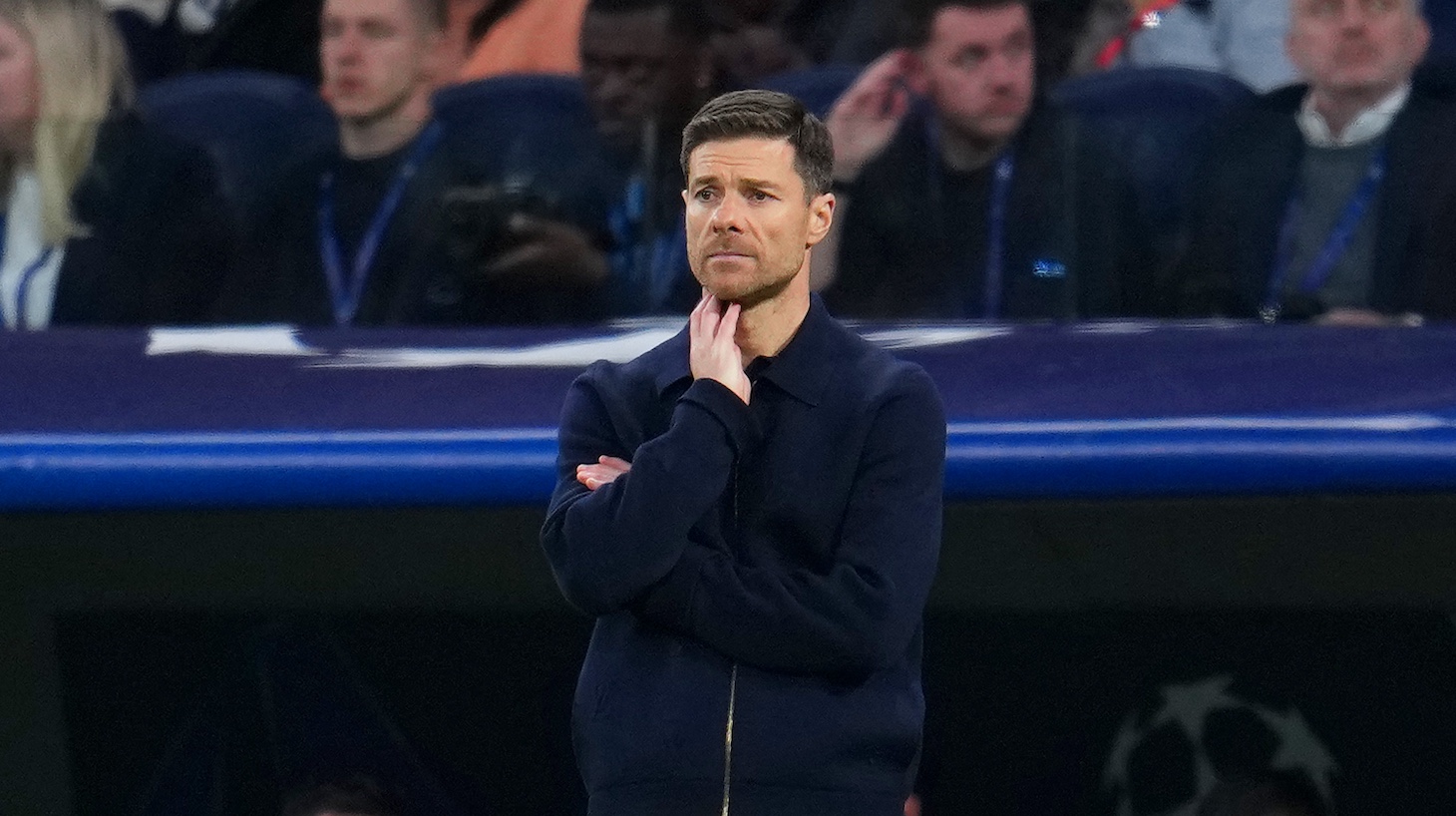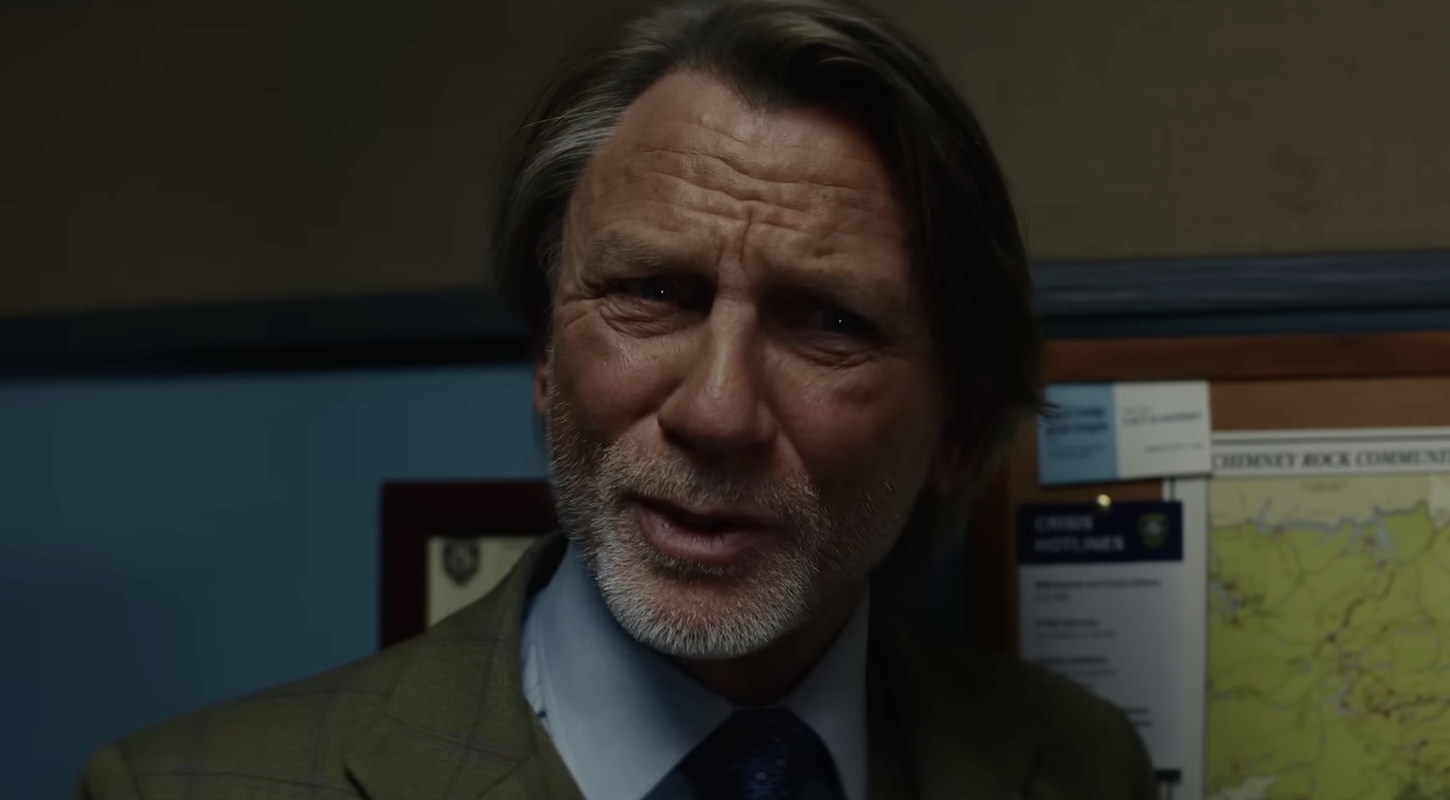The other day, bemoaning the state of his WNBA fantasy team bench, my colleague Jasper mentioned that he’d just picked up a player he’d never heard of: someone named "K. Westbeld," with no photo. This was more or less how the real Phoenix Mercury conducted their offseason business. The team has not owned its first-round pick in five straight drafts. To construct the new “big three” of Kahleah Copper, Alyssa Thomas and Satou Sabally, Phoenix dealt away virtually every other rotation role player they had. Basketball teams tend to have more than three players on them. So began an offseason scrounge through the photoless.
But don’t judge a player by her lack of photo! Two weeks into the WNBA season, the Mercury are one of the most fun teams to watch, in large part thanks to international scouting finds the average WNBA fan had not heard of before now. In Kathryn Westbeld—and fellow new signings Monique Akoa Makani, Kitija Laksa and Lexi Held—the Mercury have some real role-player gems. They defend, pass, shoot, and generally make good decisions. At home against the Sky on Tuesday, they led the team to a 94-89 win after trailing by 16 in the third. An incredible fourth quarter saw Laksa, Akoa Makani and Westbeld combine for six threes.
When the Mercury traded for Thomas in February, it was easy to see their vision and hard to see how they could execute it. She would act as the team’s offensive hub, rumbling into the paint with ease. Open threes and slashing lanes would bloom around her. Which players, exactly, would enjoy these good looks was another question. Sabally and Copper made two. The other hypothetical shooters on the roster had several years of overseas playing experience, but no WNBA track records. Akoa Makani flashed a nice-looking pull-up jumper in the French league. Held and 29-year-old Westbeld literally have LinkedIn pages. (In yesterday's game, Westbeld wasn't even the Westbeld with the higher Q score.) Of the four players, only the EuroLeague champion Laksa was drafted; the Storm waived her in training camp before the 2021 season, and before this year, she hadn’t played in a WNBA game.
The risk of the “big three” model, as all Phoenix basketball fans know, is that the eggs of the season end up in very few baskets. Before opening night, the team announced that Copper would miss at least a month while she recovered from a knee scope, whittling the core down to a big two. But the new faces appear to have some juice. Through five games, Westbeld, Laksa, Held and Akoa Makani have impressed with their defense and are all shooting better than 38 percent from three on real volume. I’m doing a disservice to Akoa Makani by stating it like that; her three-point percentage is 52! Sabally’s rough shooting night against Chicago—20 points on 21 shots—was no big deal in the end. The newbies have brought out the best version of Thomas, who had 15 assists last night, and they’ve taken some pressure off the big two.
Watching the Mercury open their season against the Storm two weekends ago, I chuckled at the thought of Mercury fans gawking at the court, like Who are any of you people? Gone are the team’s old faces, Diana Taurasi and Brittney Griner. Per the women’s basketball history website Across the Timeline, the Mercury were the first non-expansion WNBA team to play five starters all making their franchise debut. Since embarrassing the Storm in that home opener, the 4-1 Mercury have enjoyed an admittedly soft schedule, with wins against the Mystics, Sparks, and tragic Sky. But the way Laksa moves off-ball, Akoa Makani's quick release, Held's knack for timing up steals—they don't feel like flukes.
At Mercury media day, several reporters asked general manager Nick U’Ren how the team went about building the rest of the roster. The usual buzzwords came up: skilled, versatility, impact the game in multiple ways. But after a WNBA Finals that attested to the value of good pro scouting, I was intrigued when he mentioned four different basketball ops staffers who’d been involved. That's a not-insignificant number for a league whose front offices are stretched thin. It's a subtler form of ownership investment than WNBA fans are used to right now, free of slick renderings or ceremonial shovels in the ground. But it’s one that’s beginning to feel more important. Facilities get you the good players everyone’s heard of, the Satou Saballys and Alyssa Thomases. When you can pair them with good players no one's heard of, you might just have an edge.







